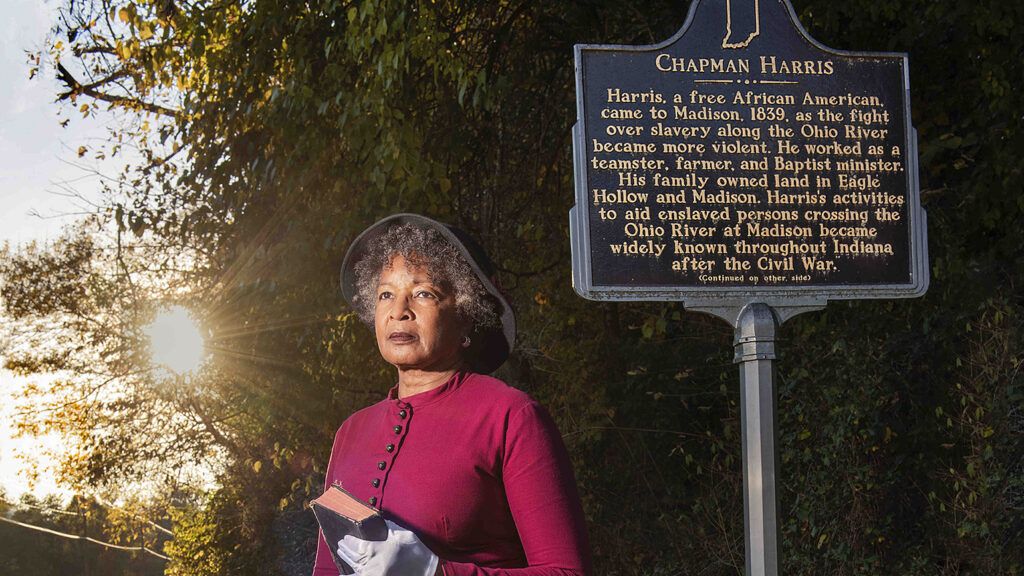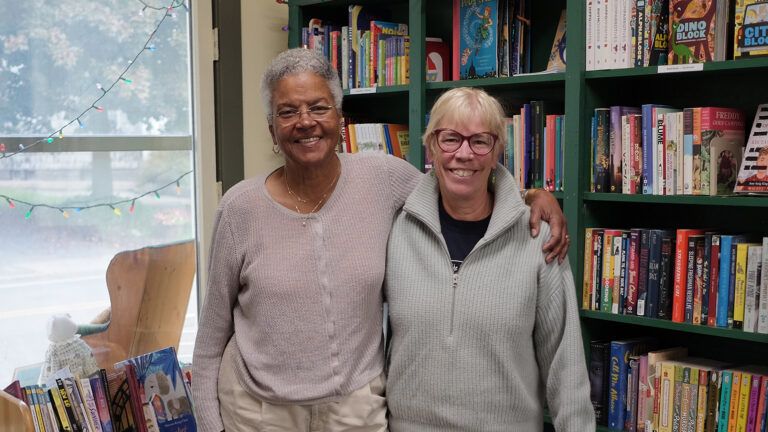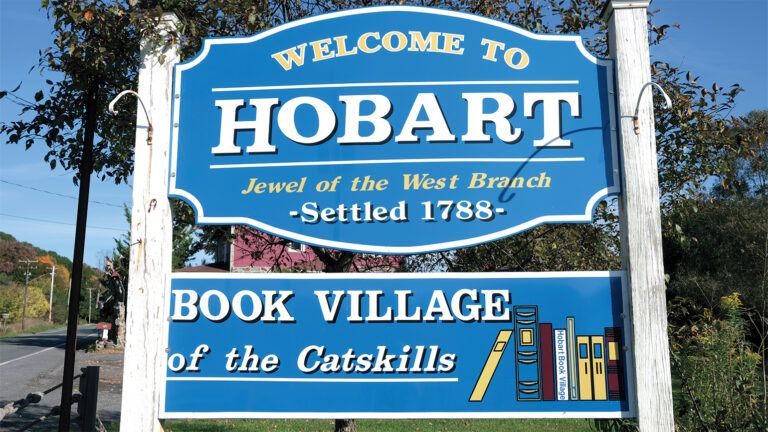I recently visited Madison, Indiana, to see the 1880s Eagle Cotton Mill that my brother, Ron, had restored into a gorgeous hotel overlooking the Ohio River. I admired the painted brick row houses nearby. This neighborhood, Georgetown, had been a major stop on the Underground Railroad. An online search revealed Georgetown was home to a thriving Black community before the Civil War, even though the city of Madison had pro-slavery residents.
I talked to Jefferson County Public Library’s local history and genealogy coordinator, Camille Fife. The energetic 81-year-old told me about one of our nation’s most famous free Black freedom fighters, George DeBaptiste. The onetime White House steward and Madison barber would “borrow” horses from the sheriff’s stable to transport more than 180 enslaved people to freedom.
Camille sent me to John Staicer, executive director and president of Historic Madison, Inc. John met me at a plain redbrick structure, one of the oldest AME church buildings still standing in the United States. As a preacher’s daughter, I am intrigued by churches, but I’d never experienced this: I had stepped into history.
“It was the early free African-American community members who, through their hard work and faith, persevered to establish a neighborhood with enough sympathetic people, both African-American and white, to support the dangerous mission of the Underground Railroad,” John says. His favorite Underground Railroad conductor? Brickmason William J. Anderson. Born free in Virginia, he was sold into slavery as a child but learned to read and write.
He escaped and settled in Georgetown, building and pastoring the AME church. “My freed spirit could now sing a new song,” he wrote.
Next, I met Sue Livers, a distant relative of teamster and minister Chapman Harris, another conductor. In 1999, Sue began performing historical reenactments as Chapman’s wife, Patsy, wearing a floor-length, tailored dress and white gloves. “I become Patsy Harris,” she says. “I actually feel I can hook up a team of mules and drive a wagon to the next city. Slaves are often depicted as uneducated, poor and content to work at menial jobs on someone else’s property. I want people to see and understand how African-Americans helped shape America, especially Indiana.”
I ended the day with a walking tour of Georgetown, part of the National Park Service’s National Underground Railroad Network to Freedom. I saw the stable where George DeBaptiste borrowed horses. How many stories are hidden in these buildings? I will listen for them as my journey into Georgetown’s past continues.
For more inspiring stories, subscribe to Guideposts magazine.





